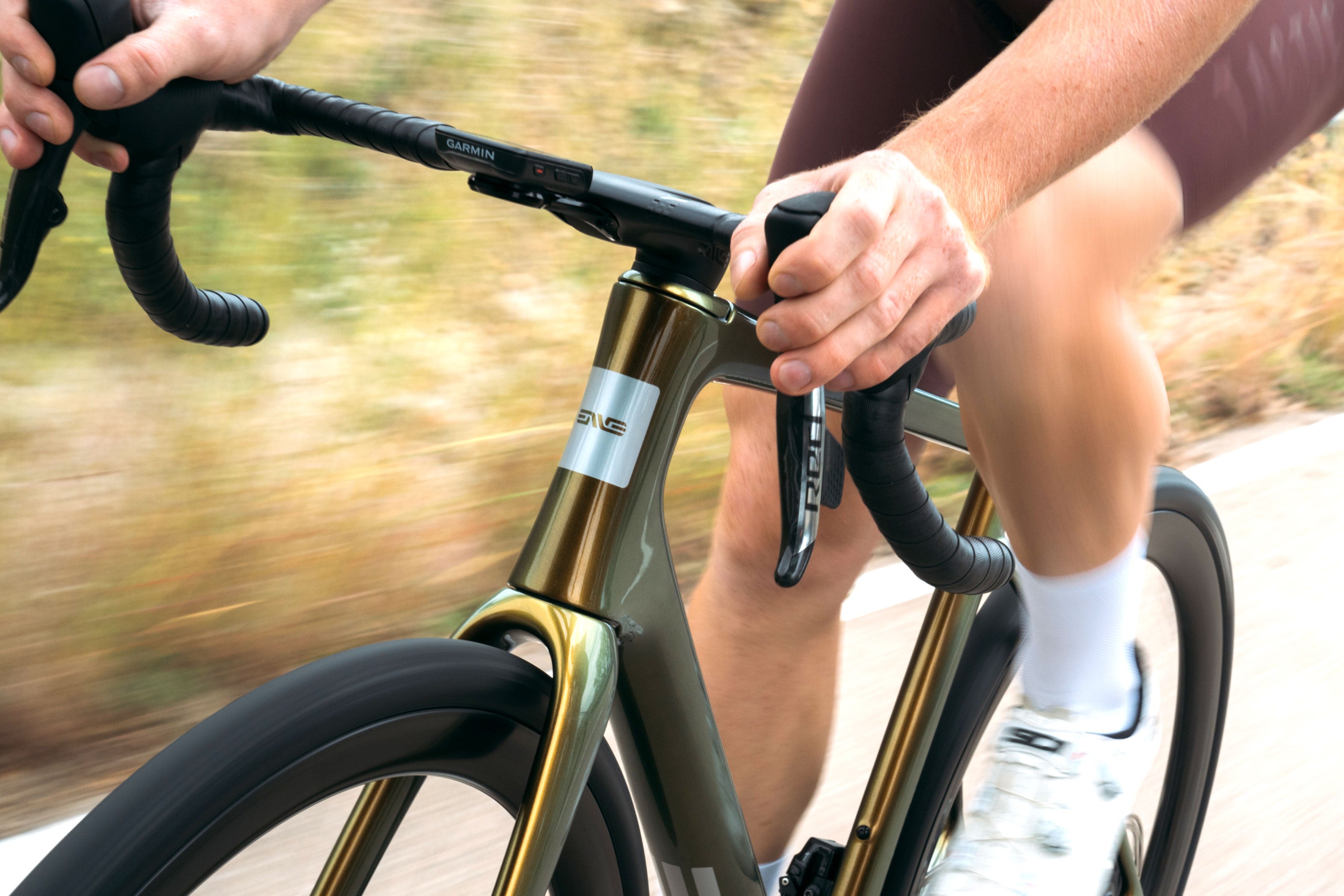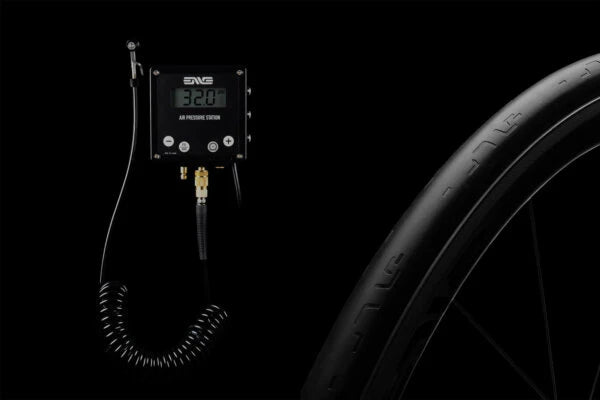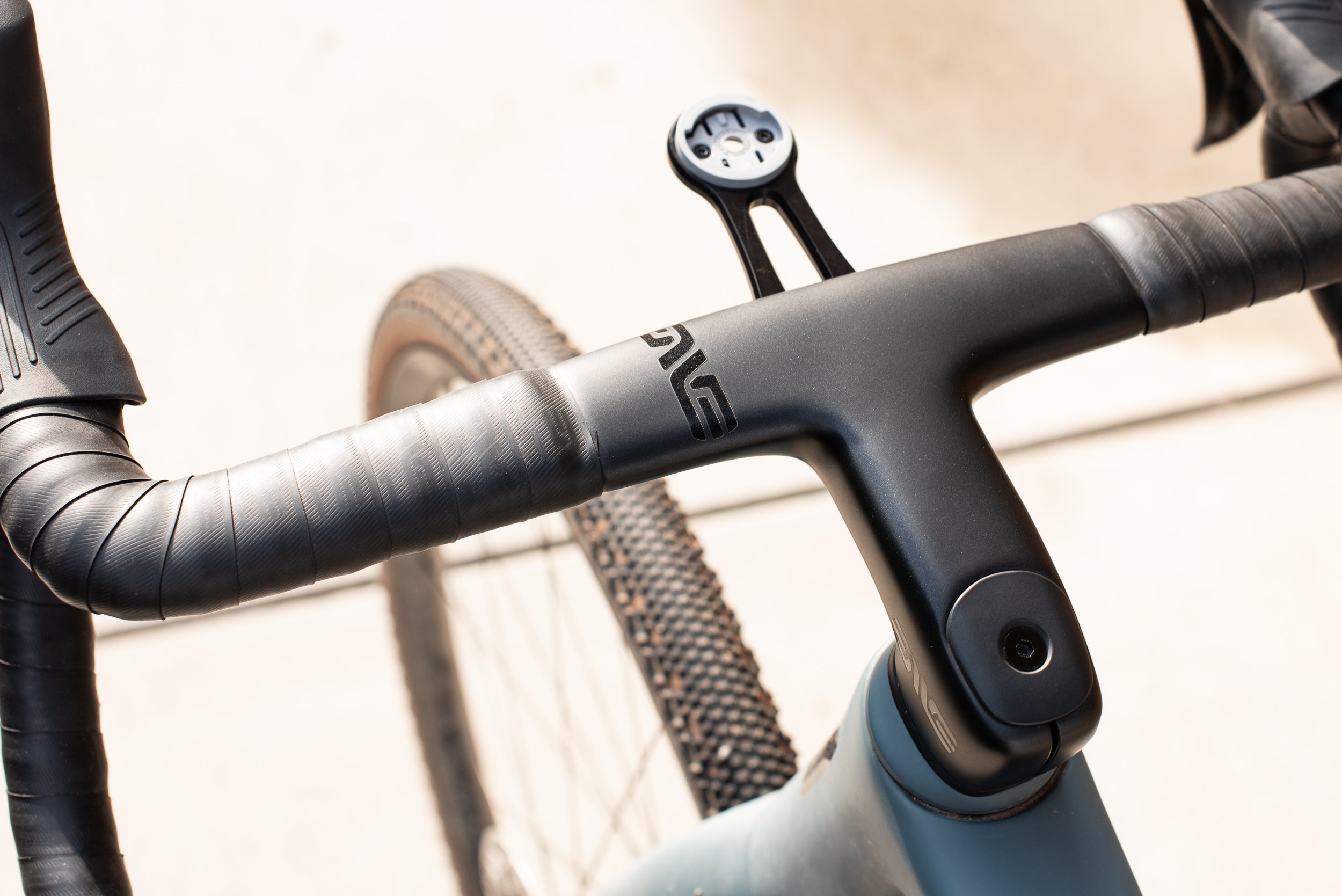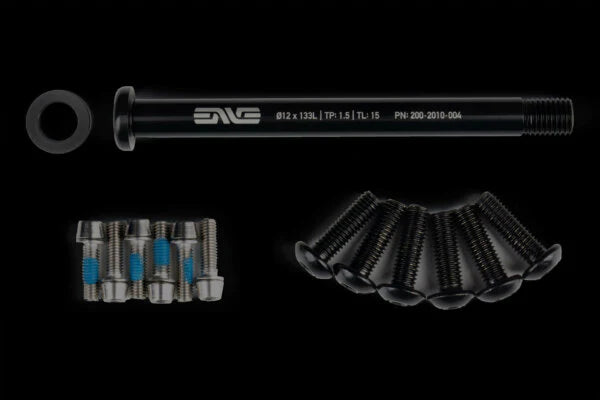Behind the Product: Pressure
Relief Valve Stem Nut
Please don’t hesitate to read through our installation instructions, watch the video, and/or reach out to us directly if you’d like more information on this product and your road tubeless setup.
Tubeless technology has proven itself reliable and safe within the mountain bike world. While it’s been slower to gain traction in the road bike world, our engineers have used the knowledge gained from our mountain wheel tubeless technology to make sure road wheels also benefit from the very best tubeless experience in terms of setup, reliability, and safety.
To first understand how a tubeless tire system works – it’s good to know a few fundamentals.
- Tubeless rims utilize specific tape and valves to seal off the rim, and while the bead seat diameter of the rim secures the tire to the rim.
- Tubeless tires are specifically constructed to maintain a bead diameter that will securely seal, and stay firmly seated on the rim under pressure.
- Without a tube, it’s the tire’s diameter and the tubeless tape that create and maintain the seal that keeps air in the tire.

Think of this as similar to a mason jar. The jar, lid, and band all have to work together to create a hermetic or airtight seal. If any one of the components is incorrect, the seal will become compromised.
Without careful attention to detail in prepping the rim’s tire bed surface and applying the tape, it’s easy for the tape’s seal to become damaged. In these instances, the seal is broken, and air finds its way underneath the tape, and into the rim cavity. While some rims have weep holes drilled into them that allow for airflow and water evacuation, these holes are not large enough to move a large volume of air quickly. In the instance that a deep rim section is pressurized, the air needs to be evacuated quicker than a weep hole allows. When the rim’s internal cavity is being pressurized, it will sound as though air is leaking at the valve stem hole – at this point, most attempt tightening the valve stem nut which further seals the rim’s cavity exacerbating the problem. Ultimately, if pressurized enough, the rim will be damaged, usually indicated by a sidewall delamination from the rim’s tire bed.
In researching many different types of rims, tapes, and valves used in tubeless systems, our engineers set out to create a safer tubeless valve and lock nut. Closer inspection of the ENVE Pressure Relief Valve Stem Nut reveals four fluted openings located on the inner diameter where the threads are located. While it may seem counter-intuitive, these air openings actually help with the safety of your tubeless setup, and prevent accidental damage to your rims. Air pressure seeping under improperly applied tubeless tape will now be safely evacuated without risk of delaminating your carbon wheel.
Pressure Relief Valve Stem Nuts are available for purchase on our website.


















